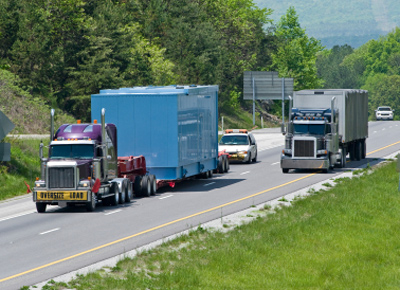Space Management
Welcome to Our Quick & Easy Driving Information Guide
To be a safe driver—to drive defensively—you must manage the road space around your car. There are three basic elements to space management:
- Speed control
- Lane positioning
- Communication
Kinds of special conditions:
We need to determine the kinds of spatial conditions that exist while driving on the road.
There are three types of conditions you encounter on the road:
(1) Open Conditions:
This means that you have a space or a larger area in which to drive that is without restrictions—you see only wide, open spaces on the road ahead, with no restrictions around your car—you are free to move forward or to change lanes without conflict.

(2) Closed Conditions:
A closed zone means that it is not available for your car's path of travel—that there is a restriction to the drivers view or that space is unavailable in a particular zone.
(3) Changing Conditions:
This often occurs when the driving situation changes from an open to a closed zone. Changing conditions can include speed limits, roadway or weather conditions, lane width, environmental conditions, visibility, traffic flow, time of day, traffic controls, etc. Each of these conditions should have an influence on what speed is appropriate, the path of travel, and what type of communication is used.
Professor Frederik R. Mottola's Space Area Zone Control:
There are seven basic areas of operating space around the vehicle. The diagram on next slide shows the six zones, areas, or spaces surrounding the car which are visible to the driver. A zone is an area of space around a vehicle that is the width of a lane and extends as far as the driver can see. The vehicle occupies the central area, or Zone 7. Each area must be managed in order to reduce risk of collision.
© 1997-2025 DriversEd.com. All rights reserved. Please see our privacy policy for more details.






